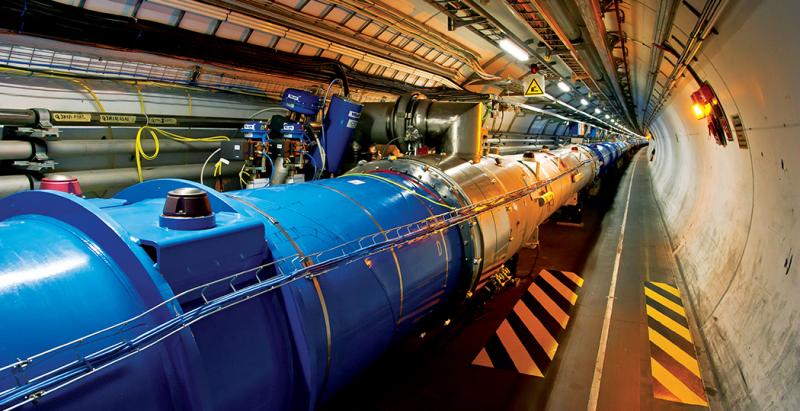
Particle Accelerator Basics
A particle accelerator sounds like it’d be something straight from a science-fiction novel, largely because most of us don’t really quite understand how they work and also because they do have a place in works of fiction (fans of the television show The Flash will know the title character got his powers from a particle accelerator).
Nevertheless, particle accelerators are real, and they’re used by physicists to investigate the structure of atomic particles. The largest and most powerful one in existence is the Large Hadron Collider (LHC), which is located under the France-Switzerland border near Geneva, but it’s not the first. In fact, particle accelerators have been around since the 1930s, albeit in humbler sizes compared to the LHC.

The goal of a particle accelerator is to energize a particle by, well, accelerating it — when a particle is given a kick by speeding it up, it gains more energy.
The devices can work in one of two ways, either by traveling in a loop (a circular accelerator) or in a straight line (a linear accelerator). Atoms in the LHC are spun in a 27-km (16.7-mile) long ring before smashing together, and that giant particle accelerator has the ability to collide more than a billion protons per second.
DIY Particle Accelerator?
Particle accelerators have so many uses. They’ve helped us create better medicines, treat diseases like cancer, even manufacture the shrink wrap used to protect foods. The data collected by these machines is invaluable, but the LHC has accumulated so much data that managing it all as proven difficult. Either we need to free up space in the particle accelerator we have or we need to build another one.
To do the latter, we’d need to start with five things:
- Particles
- An acceleration mechanism for their energy source
- A control instrument (usually a system of magnets)
- A collision (usually)
- A system of detection to monitor what’s happening with the beamed particles
Simple, right? Perhaps it’s better to hear it from someone whose job is actually working on particle accelerators. Here’s a video featuring accelerator physicist and designer Suzy Sheehy explaining in under five minutes how to design one.